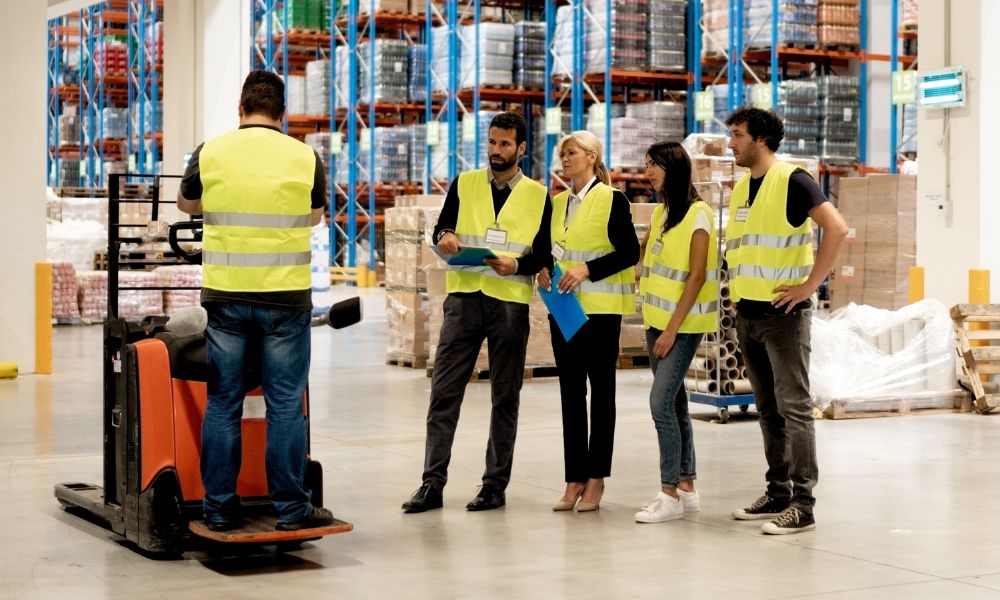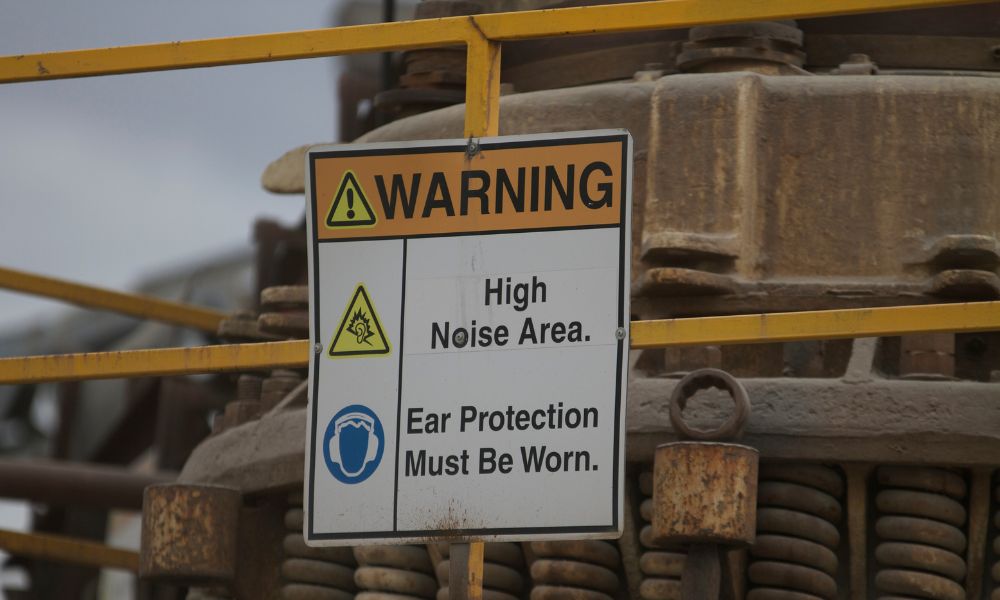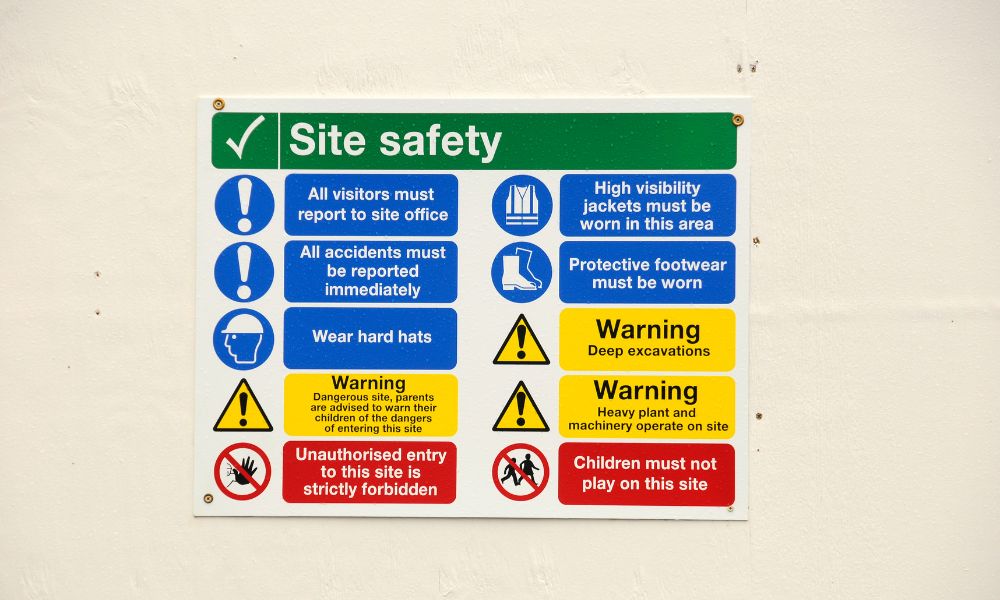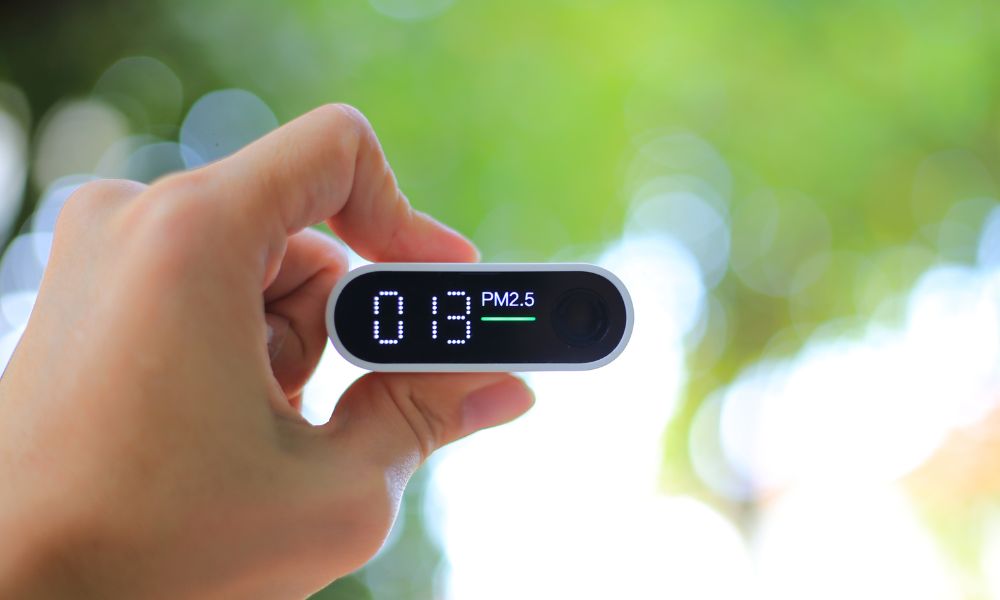If you've been in the same job for a while, there's a good chance that you know your place of work inside and out.
But if things have changed recently, or if you've just started working at a new place, take some time to assess whether things are safe at work—and to try to change them if they're not. While it’s never possible to reduce all risks, a focus on safety is key to reducing workplace injuries.
Here are some red flags that indicate your workplace isn't up to scratch:
1: Lack of adequate training

If you have not been given adequate training, this is a sign that your employer does not take safety seriously.
Whether or not your job involves heavy machinery or has other potential hazards, all workers should be provided with training on how to do their work safely and effectively.
Training should be ongoing and tailored to the specific needs of the worker and workplace; it should also be provided by competent persons who can clearly communicate the information in a way that is understood by the worker.
2: Broken, damaged or malfunctioning equipment
Broken, damaged or malfunctioning equipment can cause injuries.
- Broken equipment: A broken piece of machinery can result in a workplace accident that may lead to an injury.
- Malfunctioning equipment: If a machine fails to operate correctly, it could damage other machines or injure workers by accidently moving unexpectedly.
- Damage to the environment: Malfunctioning machinery can also harm the environment in which it operates. For example, if your building uses natural gas for its heat source, you may be able to smell gas leaks inside your building if there is a problem with the gas line outside. The same goes for natural gas-powered furnaces and water heaters – malfunctions in these devices could result in carbon monoxide poisoning because they are not working properly and releasing dangerous fumes into your work space.
2: Excessive noise and glare

Noise and glare are two of the most common hazards in manufacturing. Noise can cause hearing loss or tinnitus, which is a ringing in the ear. Glare can result in eye strain and headaches, which may lead to more serious problems for workers who experience these symptoms on a long-term basis.
It’s important to take steps to prevent these hazards from affecting your workplace. Here are some ways you can do this:
- Wear earplugs when operating equipment that creates excessive noise pollution (this includes tools like saws). Earplugs will protect both your ears from ear injury and hearing loss and your productivity by allowing you to hear instructions from coworkers while still keeping out sounds that could be harmful to you over time.
- Install curtains around windows so they reflect light away from workers instead of directly at them—especially if sunlight is shining into their eyes through a window during the morning or afternoon hours when they’re working
3: Lack of safety equipment

One of the most important things to do at work is to ensure that you and your coworkers are safe. This means that you need to have access to the right safety equipment, such as helmets and gloves. You should also know how to use it properly when necessary, such as wearing a helmet during construction or driving a forklift in an industrial setting.
Safety equipment should be provided by your employer, but there are some instances when it's up to you (or another employee) to replace damaged parts or otherwise maintain the equipment so that it's usable and safe for everyone who uses it.
If any part of your workplace is unsafe because there isn't enough safety equipment available or because someone else damaged some of those pieces of gear, then this can spell trouble for everyone involved! Make sure you are reporting any issues to your supervisor so they are made aware of any issues and have the opportunity to put things right.
4: Hazardous chemicals and materials
Hazardous chemicals and materials are everywhere, so it's easy to forget that they can cause serious health problems such as chemical burns. You may be surprised at how many workplaces have hazardous materials around, but don't let that deceive you into thinking they're safe! The same goes for your home. If you see any of these signs in your workplace, get out while you still can:
- Look for warning signs when handling any chemicals.
- Wear appropriate safety gear when handling chemicals such as suitable gloves and eye protection.
- Try to ensure good ventilation when working with chemicals.
- Raise awareness if chemicals are not being stored safely and pose a risk to others.
5: Poor indoor air quality

While you're at work, your body is constantly working to keep you healthy. It's one of the reasons that indoor air quality is so important: poor air quality can lead to health issues and make you feel unwell.
Poor indoor air quality can cause illness or discomfort because there are bacteria and viruses in the air, as well as mold spores (which are made up of millions of bacteria). Studies have shown that indoor pollutants can be present even when there is no obvious sign of contamination.
These contaminants include things like cigarette smoke residue on walls and furniture, dust mites (tiny bugs), radon gas (a radioactive gas), and volatile organic compounds from carpeting or paint fumes. Poor ventilation may also increase your chance of getting sick by trapping contaminated particles in the environment instead of letting them escape through cracks around windows or doors.
You can test for poor indoor air quality at home by using a simple dust particle counter (available online) to measure how much dust is floating around in your house every day—if it's too high then it may be time for some cleaning! Even if there aren't any visible signs yet though this will help identify potential problems early before they get worse over time.
Unsafe working conditions are often subtle but very important to notice
Unsafe working conditions are often subtle but very important to notice. Sometimes, it's hard to tell when things might be unsafe.
Here are a few examples of dangerous situations that can be easy to miss:
- Water on the floor is a sign that it could soon flood and cause electrical problems or electrocution.
- A pile of papers or other items stacked on top of each other could fall over onto you if they're not properly supported by something sturdy underneath them.
- A broken window pane will allow harmful UV rays which can cause skin cancer, cataracts and eye damage; this can happen even if the window appears intact from outside!
Conclusion
If you feel like your workplace is unsafe, there are steps that you can take to improve the situation. The first step is to speak up about it. If there’s something wrong with your working conditions, bring it up with whoever has the authority over them and see what they can do about it. If possible, try to work out an agreement with management so both parties are satisfied with the outcome.
